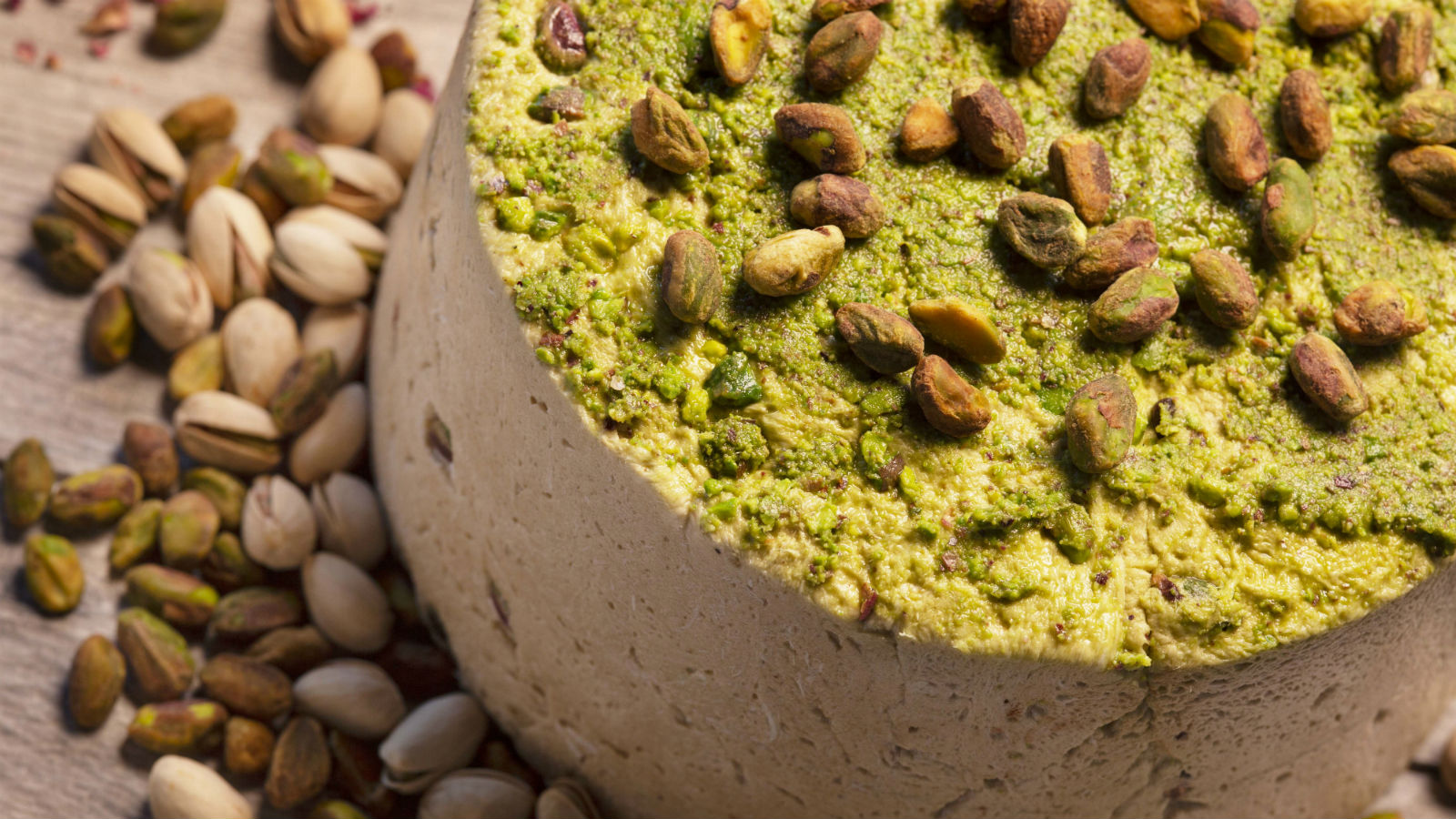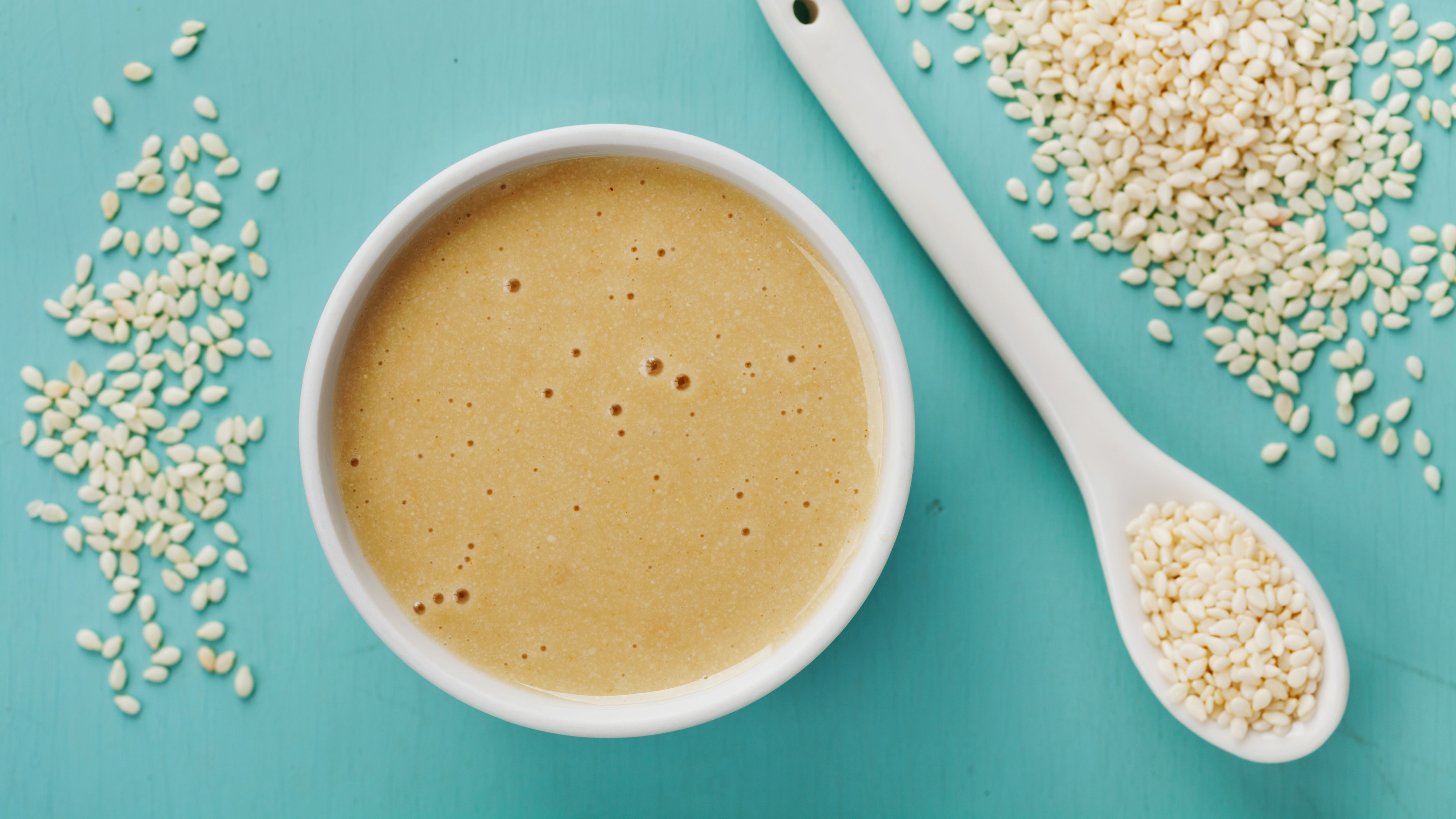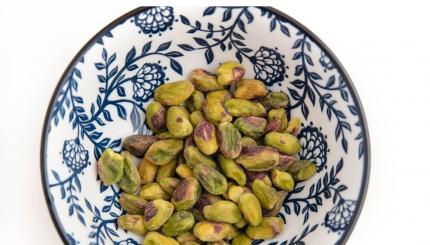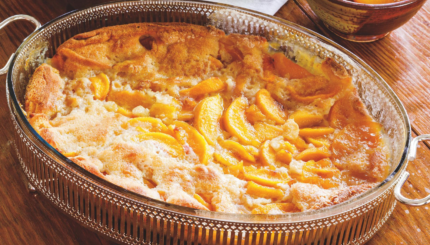Tahini is one of those kitchen staples along with olive oil, za’atar, and canned chickpeas that we use on everything — from breakfast to dinner there’s always an opportunity to use it.
This sesame seed paste adds a creaminess to salad dressings and that nutty, slightly bitter flavor to hummus. It’s scrumptious when drizzled over shakshuka or baked sweet potatoes. It’s amazing blended with frozen bananas in breakfast smoothies, or slathered on toast with a drizzle of date honey. While it’s probably not news to anyone reading this, it’s also finger lickin’ good on its own.
What’s the Story With Tahini?
The story begins 3,500 years ago in the region of the Tigris and Euphrates Rivers, present-day Iraq and Persia, where evidence of sesame seed cultivation was first recorded. At this time, sesame seeds were cultivated for sesame seed oil. Sometime thereafter, tahini, or sesame seed paste, was discovered.
Tahini was traditionally made by separating the sesame seed hull from the bran, and grinding the bran into a paste. This was easily achieved by soaking crushed sesame seeds in salt water, causing the kernels to float at the top and bran to sink to the bottom. The kernels were skimmed off the surface, roasted, and ground into a creamy paste. Most commercial tahini brands follow this process today, yielding that creamy smooth, light colored tahini paste.
The Nosher celebrates the traditions and recipes that have brought Jews together for centuries. Donate today to keep The Nosher's stories and recipes accessible to all.
Many home cooks forgo the hulling process when making tahini at home. Tahini can be yours in minutes, with the power of a blender. This route is quick, easy, and produces a chunkier texture and toastier flavors than the smooth store-bought variety. Because it uses both the bran and the hull, this style of tahini is more nutritious than the smoother paste, full of calcium, B vitamins, and folate.

For more than 2,000 years, tahini has played an important role in Middle Eastern cuisine, used in both sweet and savory capacities. It’s most widely known as an essential ingredient in hummus, but is also used in sweet halvah, a confection of tahini and honey or sugar.
Beyond that, tahini is a popular salad dressing, a condiment in various pita sandwiches, and adds a nutty flavor to baked goods. Tahini sauce has become so popular across the globe that Alon Shaya dubbed it “the new ketchup.” You can find it at Trader Joe’s, made with just tahini, lemon juice, and garlic, but it’s so easy we prefer to make it ourselves with a recipe like this.
Craving more tahini? We’ve got you covered.
Schnitzel Strips With Green Tahini Dip
Summer Pasta Salad With Roasted Red Pepper Tahini Dressing
Gluten-Free Tahini Halvah Brownies



